Eventually, however, he departed Dresden on
September 20th 1775, bound for Rome. On arrival, he took lodgings in
an inn, where he lived with several painters and first met the artist Anton
Mengs, another German, who would become his lover (Winckelmann was openly gay
throughout his life).
In January 1756, he received an audience from Pope Benedict XIV and was presented to Cardinal Passionei, who granted him full liberty to his private library between the morning hours of nine to twelve.
He also saw, for the first time, the Apollo Belvedere, the Laocoön, the Antinoös and the Belvedere Torso, which inspired him to begin writing a large work on Greek art.
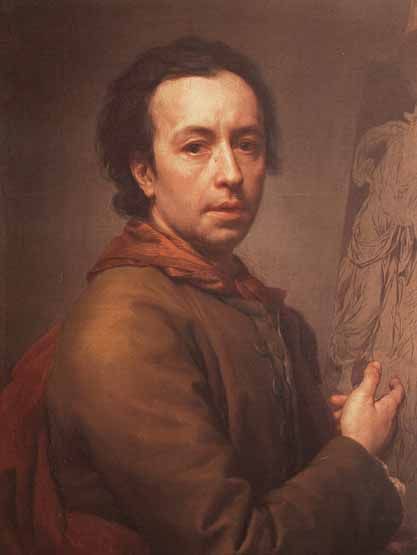 |
| Anton Mengs - Self-Portrait |
In January 1756, he received an audience from Pope Benedict XIV and was presented to Cardinal Passionei, who granted him full liberty to his private library between the morning hours of nine to twelve.
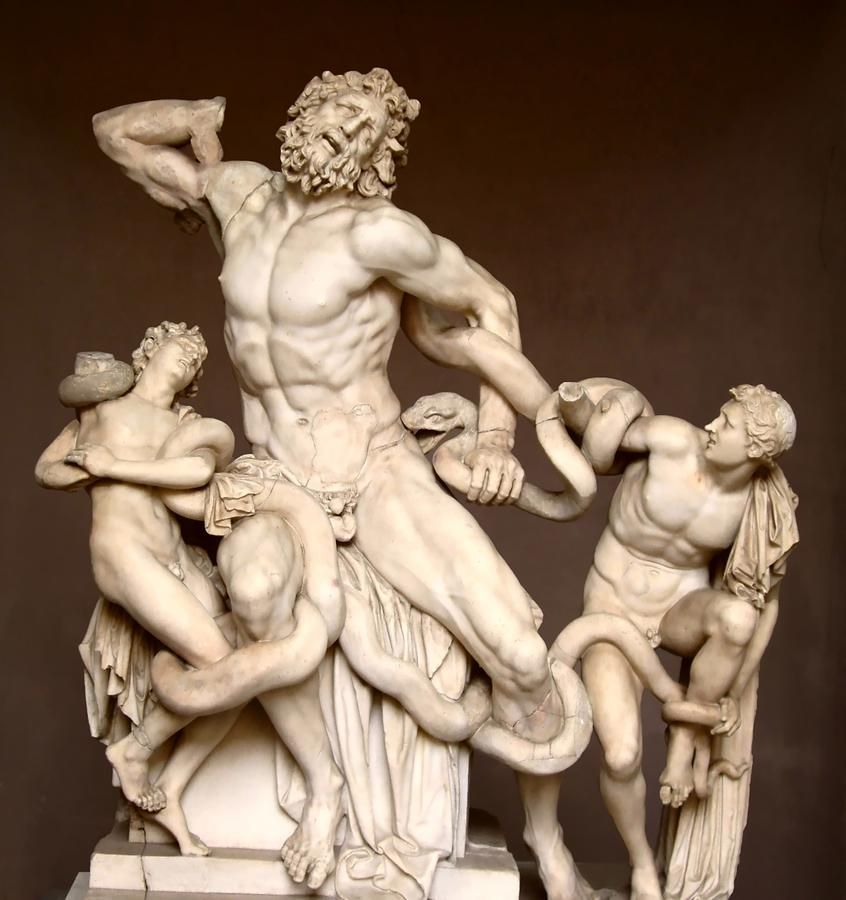 |
| Laocoon |
He also saw, for the first time, the Apollo Belvedere, the Laocoön, the Antinoös and the Belvedere Torso, which inspired him to begin writing a large work on Greek art.
The newly elected Cardinal Archinto employed Winckelmann as his librarian,
gave him an apartment in the Chancellaria and frequently dined with him, an
enormous honour for, as State Secretary, he usually only dined with prelates;
Winckelmann also dined with Cardinal Passionei and Cardinal Albani, who was a
leading collector of antiquities in Rome.
Unsurprisingly, his spirits and his health improved greatly, his appetite returned and he ate heartily and drank like a German (that is, wine without water), he retired to bed early and rose early, his sleep now untroubled by night-sweats. Early in 1758, he travelled to Naples, where he greatly advanced his knowledge of antiquities and witnessed the excavations being made at Pompeii and Herculaneum.
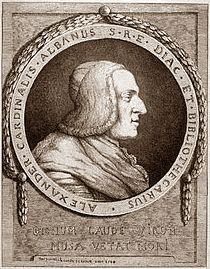 |
| Cardinal Albani |
Unsurprisingly, his spirits and his health improved greatly, his appetite returned and he ate heartily and drank like a German (that is, wine without water), he retired to bed early and rose early, his sleep now untroubled by night-sweats. Early in 1758, he travelled to Naples, where he greatly advanced his knowledge of antiquities and witnessed the excavations being made at Pompeii and Herculaneum.
On the day he arrived
back in Rome, May 13th 1758, the Pope died and later in that year,
on September 30th, he lost a powerful patron (and his lodgings) when
Cardinal Archinto also died, in all likelihood by poisoning. Fortunately,
Cardinal Albani wrote a letter in his own hand, offering him rooms in his own
house and wages of ten scudi a month to become his librarian, which Wincklemann
immediately accepted. Albani was building a magnificent villa outside of the
Porta Salaria, to his own design and built to house his collection of
antiquities, statues and paintings. In addition to various private libraries,
Winckelmann had access to the Vatican library, possibly the finest in the
world, which contained in excess of 300,000 volumes, including many rare and
exquisite texts, and in these most advantageous of circumstances he began work
on his own history of art.
This was finally published in 1764, as Geschichte
der Kunst des Alterthums (The History of Art in Antiquity), which
was immediately recognised as a masterpiece; it was the first real work of art
history, which it established as a discipline and can also be said to be the
first work on archaeology. It is difficult to emphasise the importance of this
book, as it influenced the whole of the Neo-Classical revival (and the
subsequent Romantic movement) that touched every aspect of aesthetic life, from
painting and sculpture, through architecture, literature, poetry, philosophy,
to furniture design and pottery. Oddly, for such a crucial book, it was not
translated into English until 1849, and then by the American, George Henry
Lodge. We can, with the benefit of hindsight, criticise Wincklemann for what he
omits and ignores but without him, we would be in no position to make these
judgements. He does not mention the Parthenon at all, for example, and Phidias
only manages nine mentions in total.
Wincklemann spent much of the next few
years revising, elaborating and editing his manuscript for a second edition,
but in 1765 he revisited Naples again, where he witnessed an eruption of
Vesuvius and trekked to the crater, like some latter day Pliny the Elder.
He also began to make plans to return back to Germany, if only for a visit, and in March 1768, he received permission from his employer, Cardinal Albani, and his superiors, to make the journey. He travelled in the company of Cavaceppi, the sculptor, but when they arrived in Germany, Wincklemann saw the Tyrol with new eyes and hated what he saw, so he resolved to return to Italy at once.
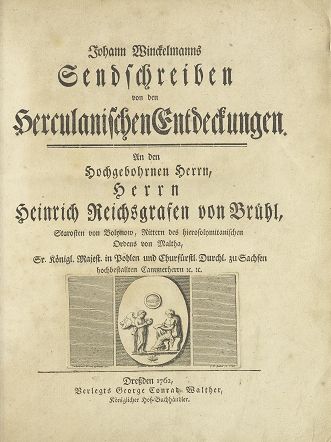 |
| J J Winckelmann - Sendschreiben von den Herculanischen Entdeckungen (Letter about the Discoveries at Herculaneum) - 1762 |
He also began to make plans to return back to Germany, if only for a visit, and in March 1768, he received permission from his employer, Cardinal Albani, and his superiors, to make the journey. He travelled in the company of Cavaceppi, the sculptor, but when they arrived in Germany, Wincklemann saw the Tyrol with new eyes and hated what he saw, so he resolved to return to Italy at once.
They
turned about, much to Cavaceppi’s displeasure, and on May 12th they arrived
in Vienna. Here, Wincklemann fell ill with fever and took to his bed for
several days, and as he recovered he was presented to Empress Marie-Theresa,
who received him graciously and made him a gift of a gold and two silver
medals. She expressed a wish that he remain at her court in Vienna, and Prince
Kaunitz repeated this wish and also presented Wincklemann with a gold
medallion. However, his mind was made up.
Tomorrow - The Return Trip
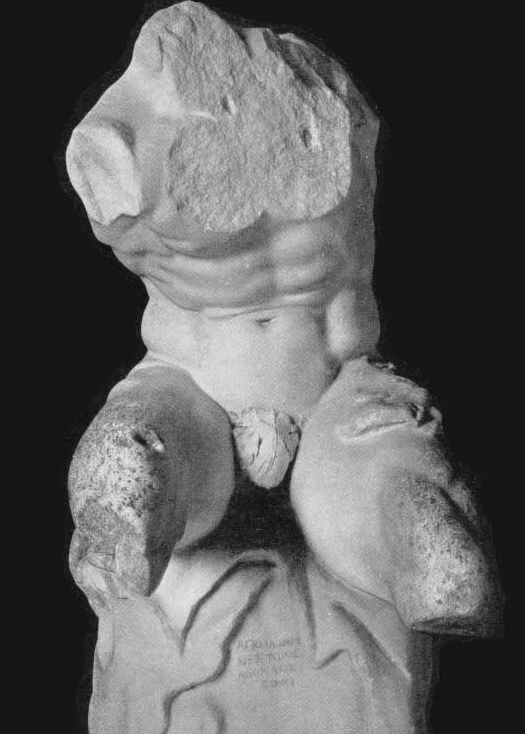
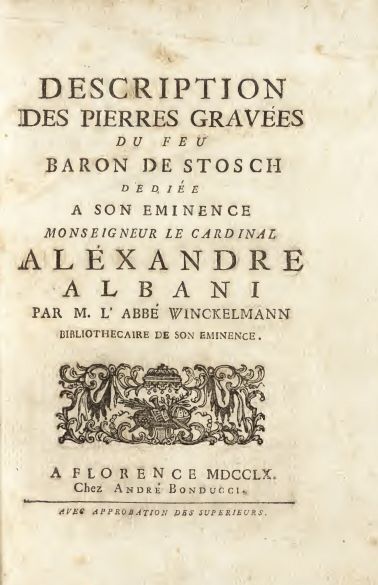
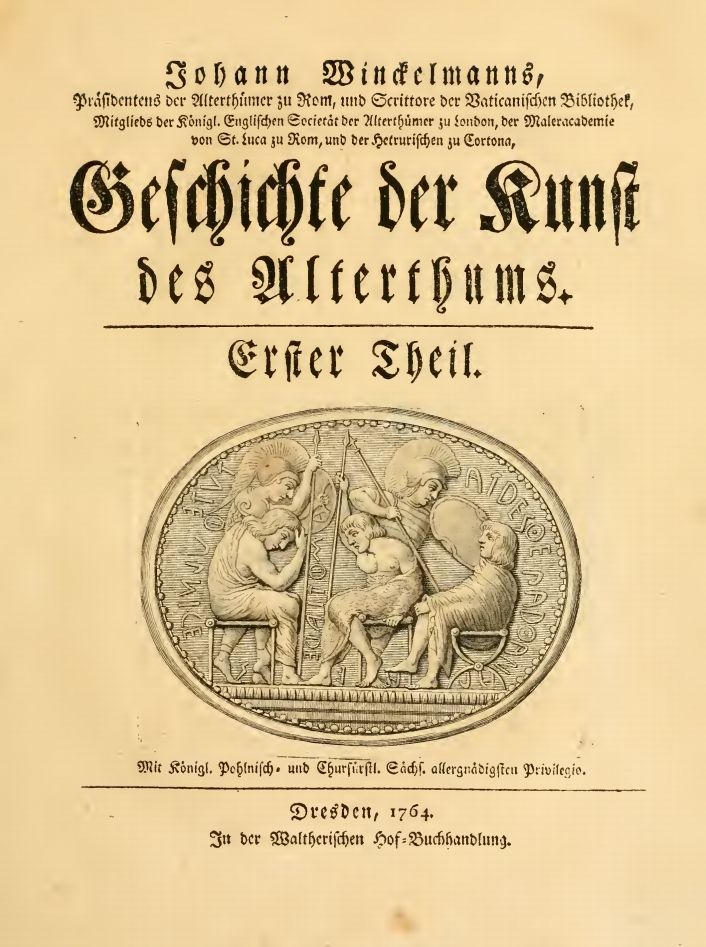
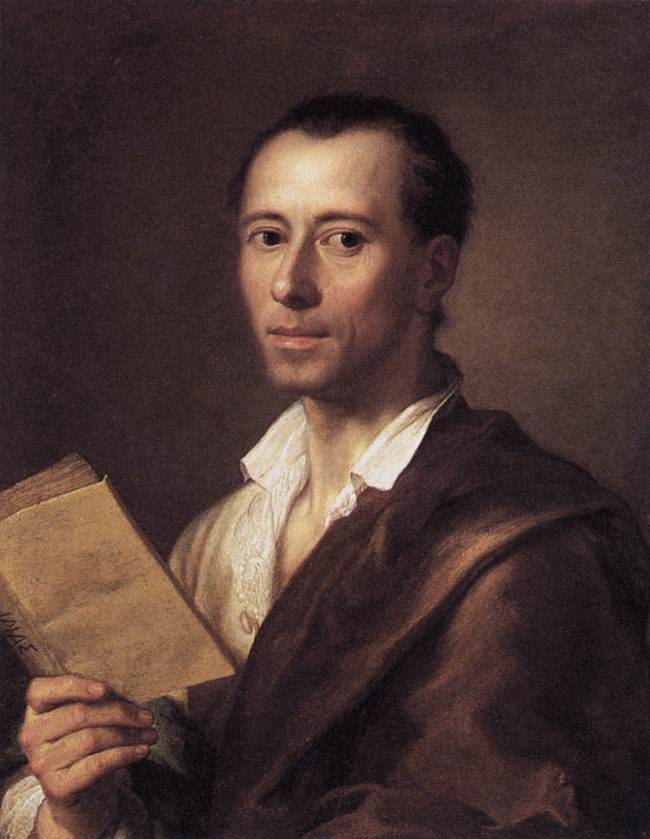

No comments:
Post a Comment